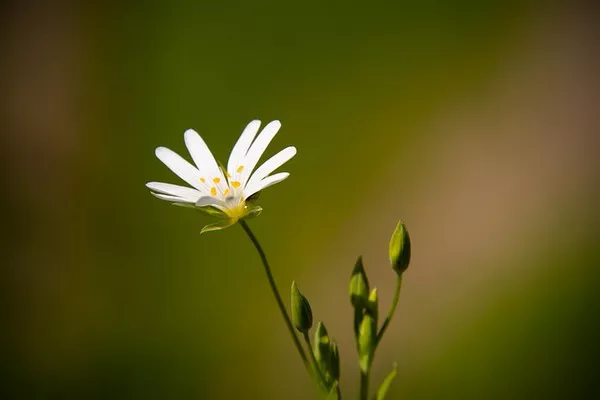A new study published in the journal Nature Ecology and Evolution suggests that non-native species may be better equipped to resist extreme weather conditions, posing a threat to native plants and animals and potentially creating more favorable conditions for invasive species under climate change. The research reveals that invasive species introduced by humans often possess traits that help them survive or thrive in disturbed ecosystems caused by wildfires, droughts, heavy rainfall, and storms—conditions predicted to increase with human-driven climate change.
The study analyzed data from 443 peer-reviewed studies on species’ responses to extreme weather events, including wildfires, droughts, and storms. The results indicated that non-native species were more likely to benefit from extreme weather events compared to native species. For example, while droughts harmed native species in freshwater and land-based ecosystems, non-native counterparts showed no significant response. The findings also highlighted global hotspots where native species might be particularly vulnerable to the combination of extreme weather and invasive species.
Identifying these vulnerable regions is crucial for implementing early preventative measures to stop the spread of invasive species or to help native biodiversity cope with climate change. The research emphasizes the need for targeted restoration efforts to remove non-native species and promote invasion-resistant native communities that can better withstand future conditions. The study underscores the importance of proactive measures to address the impact of extreme weather events and invasive species on global biodiversity.


